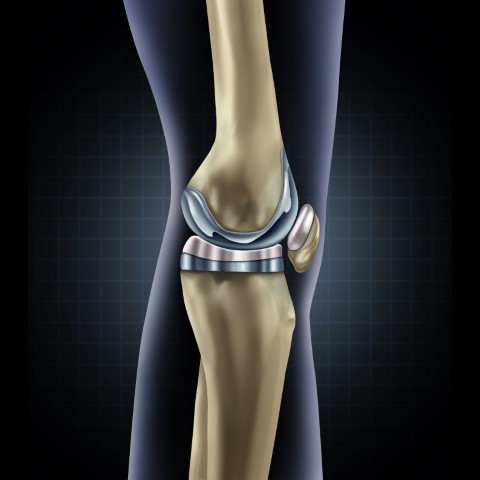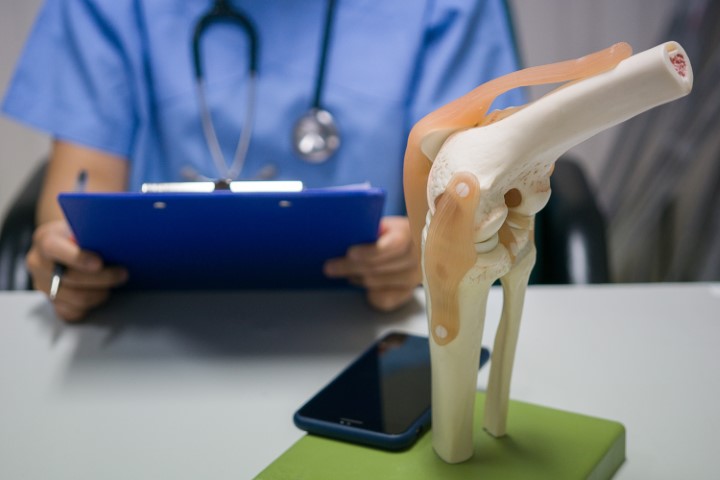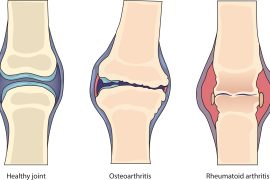Knee replacement, also known as knee arthroplasty, is a surgical procedure done to reverse knee damage, to relieve pain and disability caused by conditions such as arthritis. For people suffering from severe knee pain caused by osteoarthritis, rheumatoid arthritis, or any other similar ailment, knee replacement surgery may be able to offer relief. Whether you need to undergo a surgical procedure or not is a decision that you and your doctor will collectively take.
The procedure for knee replacement involves cutting away the damaged bone and cartilage and replacing it with an artificial joint made of metal or plastic polymer.
The treatment methods for arthritis and other conditions as such are advancing day by day and providing better and more optimal long-term relief. This is where the futuristic robotic knee replacement surgery comes in. A lot of people have queries about the procedure and its after-effects. Here are 5 important things you should know about Robotic Knee Replacement Surgery.



- A robot does not perform the surgery
The robotic technology’s state-of-the-art 3D software lets your surgeon design and plan the surgery much in advance, making necessary adjustments in real-time to provide a more precise alignment of the implant as compared to conventional non-robotic partial knee replacement.
While up to 20% of patients are not happy with the outcome following Knee Replacement surgery, the use of a robot as an additional surgical tool helps the surgeon during all stages of the knee replacement surgery and helps in delivering the best possible outcome.
- Improved accuracy
Robotic assistance technology enhances the surgeon’s expertise, preventing accidental surrounding tissue damage aiding in greater precision during surgery. It helps the surgeon to pre-plan bone cuts and implant sizes, unique to your anatomy.
The 3D images of the knee obtained through a CT scan help the surgeon to specialize and prepare for the surgery. These images help the doctor to plan for the optimal type of implant and the accurate placement of the same. Robotic knee replacement surgery acts as a guide, helping your surgeon to follow a laid-out plan much in advance, as compared to traditional knee replacement surgery.
- Faster Recovery
The robotic arm helps with lesser tissue trauma as well as minimal bone and blood loss, as it follows the specified dimensions set before surgery. This helps with faster recovery and lesser post-operative pain. It also allows the implant to be placed with precision, therefore increasing the overall longevity of the new joint. Due to greater accuracy, there are fewer complications and hence a lower chance of revision surgery.
- Candidature varies
If you are a candidate for traditional knee replacement surgery, chances are you are a likely candidate for robotic knee replacement surgery. It is equally important to talk with your doctor to evaluate your surgical and non-surgical options.
Depending on the severity of your condition, your doctor may or may not recommend surgery. They might also recommend less invasive treatment methods first like anti-inflammatory medications, weight loss through diet or exercise, physical therapy, cortisone shots, and or knee braces. If these are unable to help significantly, knee replacement surgery may help. Robotic knee replacement means more accurate implant positioning, which is a plus for middle-aged patients who can undergo knee replacement surgery and get back to their usual active lifestyle.
Having said that, it is always recommended to discuss all the possible options with your surgeon, irrespective of your age, and then opt for knee replacement surgery is suggested.
- Lesser Risk
With traditional surgery, there is only a 2% chance that serious complications may occur. Robotic knee replacement surgery comes with the same risks as traditional knee replacement surgery, namely:
- Infections
- Nerve damage
- Allergic reactions to the materials used in the artificial joints
- Deep vein thrombosis (blood clots)
Although robotic knee replacement procedures require a smaller incision and potentially can be performed with greater accuracy, doctors are hopeful that these risks can be significantly reduced.
Because knee replacement surgeries have been using the traditional approach way longer than the robotic approach, more benefits of robotic joint replacement surgery are yet to be understood and validated with data. Need for more research is essential to determine whether or not robotic-assisted technology is as effective for total knee replacement. Robotic Knee Replacement Surgery is all about optimal execution and implant positioning, which leads to a better and faster recovery. So, make sure you take your doctor’s advice and make an informed decision.





Comments are closed.